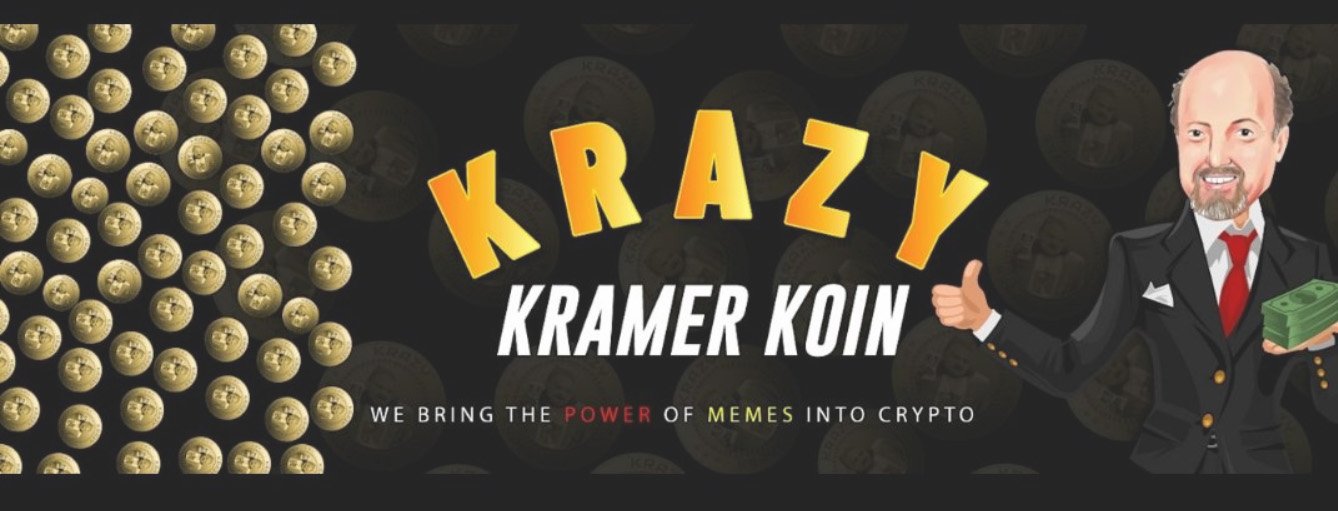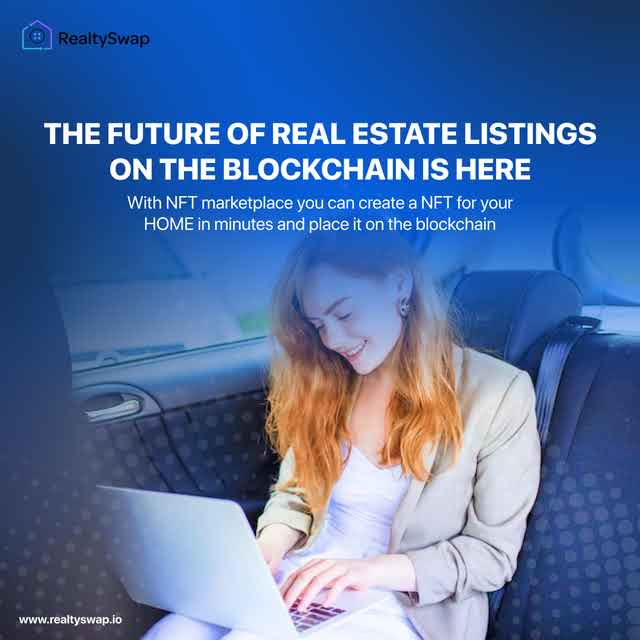Blog
Categories
Latest Posts

Welcome to the exciting world of Krazy Kramer Koin! Our mission is to harness the power of memes and bring a whole new level of fun to the crypto community. Get ready for a wild and laughter-filled adventure with hilarious, viral, and mind-bending memes that will leave you in stitches. Join us as we embark on a meme revolution and make our mark in the crypto universe!
Krazy Kramer Koin is a lighthearted and entertaining meme coin designed to inject laughter and amusement into the world of cryptocurrency. Inspired by the eccentric personality of the viral internet sensation, Krazy Kramer, our coin embraces the spirit of humor and entertainment. With a unique brand identity and a community-driven approach, Krazy Kramer Koin provides a platform for users to engage in playful banter, share memes, and participate in exciting community events. Rest assured, we also prioritize security and decentralization to ensure a safe environment for trading and interaction.
To participate in our vibrant community, here are the important addresses you'll need:
Binance Smart Chain Address: 0x42f03983846c7b5D09b53A9a4687
Pre-Sale Address: 0xFbecD4ACCAE31C3A9987D2741fFa
Come join Krazy Kramer Koin today and let's unleash the power of memes in the crypto universe together!

Real estate, known for its high profitability, has been a challenging asset class for individual investors to access. Traditional real estate investment requires significant capital, extensive due diligence, and complex legal agreements. However, with the emergence of real estate NFT marketplaces, investors now have a new opportunity to tap into real estate assets. Taking this concept further, our platform introduces a native token called $RSWAP, designed to incentivize participation and reward users for their contributions to the platform's growth and development.
BSC Contract: 0xD47B98282459B096f43cf8F47B74A31dBB220828
Supply: 2,000,000,000
Max Supply: 2,000,000,000
Utility
What is the value of $RSWAP? Here are the key utilities of our token:
1. Payment for NFT purchases: The $RSWAP token will be the primary currency used for purchasing NFTs that represent real estate assets on our platform.
2. Transaction fees: Users will have the option to pay transaction fees on the platform using $RSWAP. Additionally, we will provide fee discounts to users who hold a certain amount of tokens.
3. Governance and decision-making: Token holders will have the opportunity to participate in governance decisions for the platform. This includes voting on proposals for new features and changes to transaction fees.
4. Access to premium features: Users holding a specific token threshold will gain access to premium features on the platform. These may include exclusive real estate assets or priority access to new listings.
5. Incentivizing participation: To foster the growth and development of the platform, we will offer token rewards to users who actively contribute. This includes referring new users, realtors, and property managers, providing data and content, and improving the user experience.
6. Staking rewards: Users who hold a designated amount of tokens for a specified period will receive staking rewards. This incentive encourages users to retain their tokens, reducing the token supply on the market.
7. Crowdfunding for real estate projects: Our platform enables real estate developers to create NFTs representing their upcoming projects and conduct crowdfunding campaigns. $RSWAP will be the primary currency utilized in these campaigns, incentivizing token holders to participate in these projects.
8. Access to data and analytics: Token holders meeting a specific token threshold will gain access to real estate data and analytics on the platform. This provides valuable insights for real estate investors and enthusiasts.
9. Premium content and educational resources: Users holding a certain amount of tokens will have exclusive access to premium content and educational resources on the platform. This empowers users with valuable knowledge and skills.
Token Economics
Our token will be deflationary, featuring a fixed total supply of 2 billion tokens. Over time, we will burn a portion of transaction fees on the platform, reducing the overall token supply. Additionally, we will offer token rewards for network maintenance and governance participation, providing further incentives for users to contribute to the platform's growth and development.
First<<8586878889>>Last